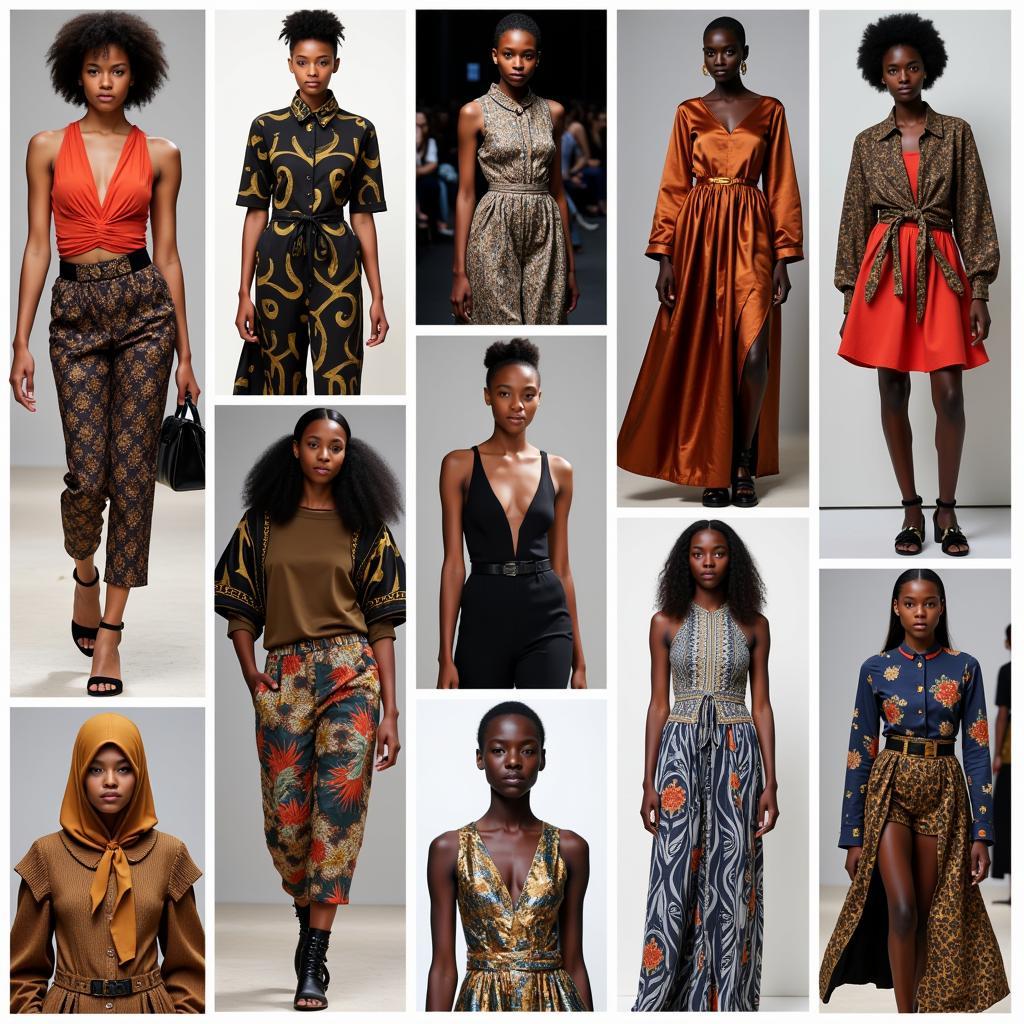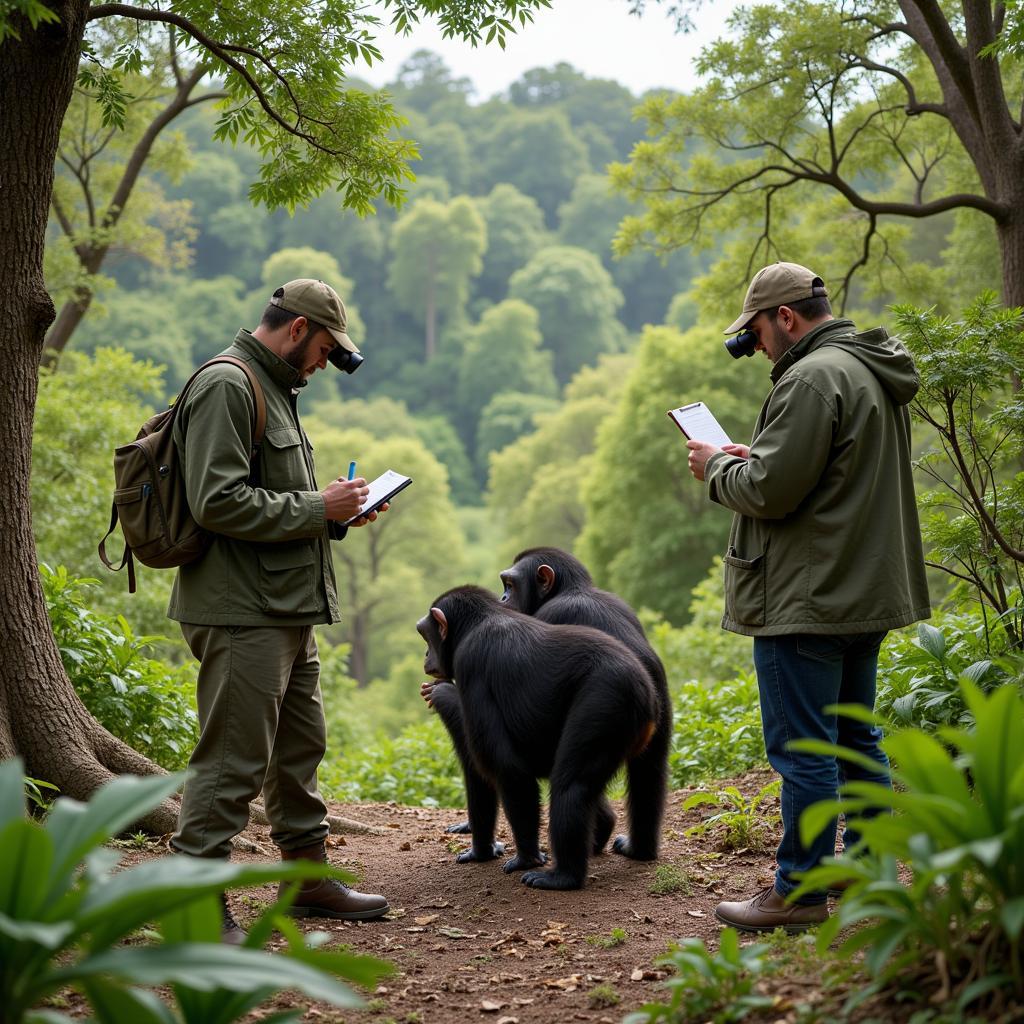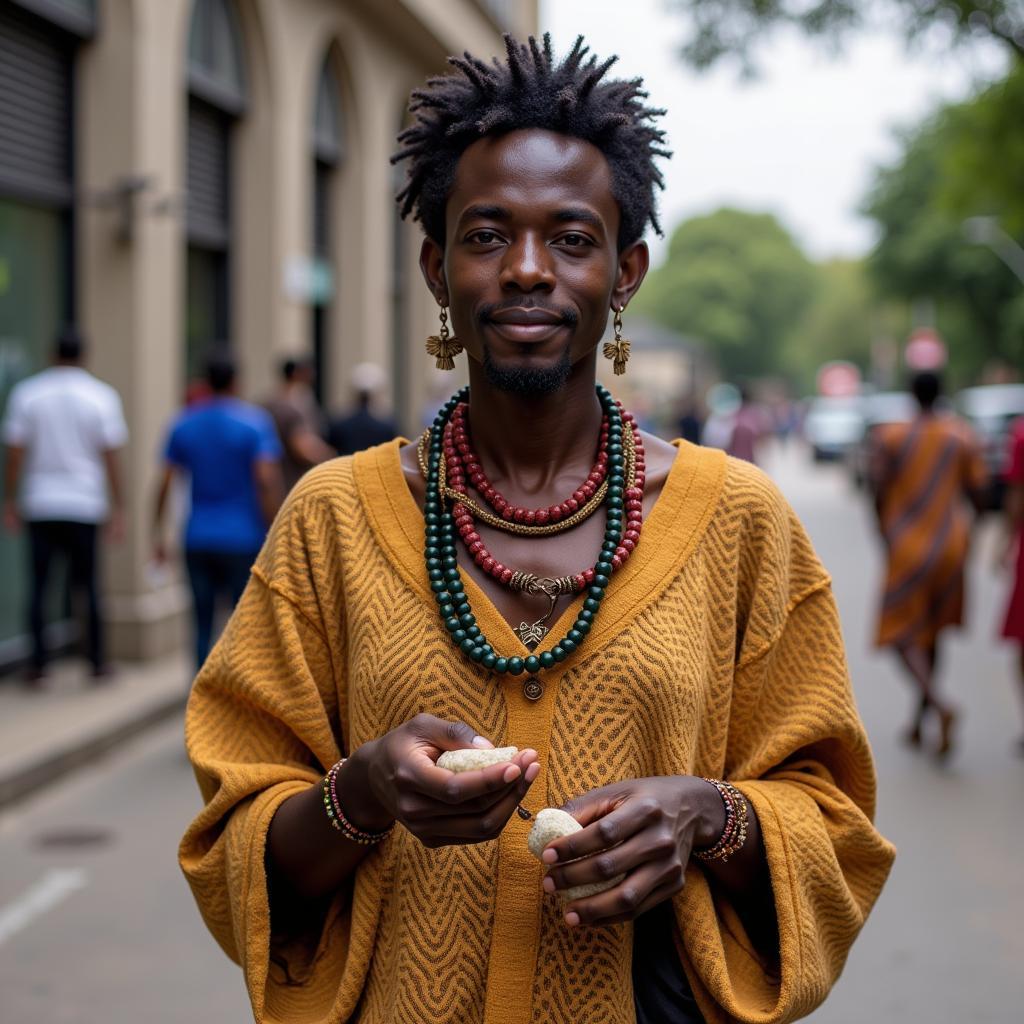Engaging African Art Projects for Middle School
African art projects offer middle school students a vibrant and engaging way to explore a rich and diverse cultural heritage. Through hands-on activities, students can learn about various art forms, symbolism, and the historical context behind these creative expressions. African Art Projects For Middle School not only foster creativity but also promote cultural understanding and appreciation.
Exploring the Diversity of African Art in Middle School
African art is not monolithic; it encompasses a vast array of styles, techniques, and materials, reflecting the continent’s diverse cultures and traditions. From intricate mask carving and vibrant textile weaving to expressive sculptures and rhythmic drumming, African art offers a wealth of inspiration for middle school projects. These projects can be tailored to suit different skill levels and learning objectives, ensuring an enriching experience for every student. By exploring the diverse forms of African art, students gain a deeper understanding of the continent’s rich cultural tapestry.
When introducing African art to middle schoolers, it’s essential to emphasize the diversity within the continent. Avoid generalizations and instead focus on specific regions or cultures, highlighting their unique artistic traditions. For example, students could explore the bold geometric patterns of Ndebele house painting in South Africa or the intricate bronze sculptures of Benin. This approach helps students appreciate the nuanced expressions of art across the African continent. Understanding the cultural context of each art form adds another layer of depth to their learning.
African Mask Making: A Creative Journey for Middle School
Mask making is a prominent art form in many African cultures, often used in ceremonies, rituals, and storytelling. Creating masks allows middle school students to explore different materials, such as cardboard, paper mache, or even recycled materials, and experiment with various decorating techniques. They can research traditional African mask designs and incorporate symbolic elements into their creations, fostering a deeper understanding of the cultural significance of these art forms.
A practical approach to mask making involves providing students with templates or allowing them to design their own. Encourage them to research different African masks and consider the meanings behind the colors, shapes, and features. They can then use paint, feathers, beads, and other decorative materials to bring their masks to life. This process not only cultivates their artistic skills but also encourages them to engage with the cultural context of African mask making.
Exploring African Textiles and Patterns in Middle School
African textiles are renowned for their vibrant colors, intricate patterns, and symbolic meanings. Middle school students can explore the art of Adinkra cloth from Ghana, Kente cloth weaving, or the intricate beadwork of the Maasai people. Projects could involve designing and creating their own textile patterns using fabric paint, stamps, or even digital design tools. This provides an excellent opportunity to learn about the cultural significance of different colors and motifs in African textiles.
One engaging project idea is to have students design their own Adinkra cloth. They can research the various Adinkra symbols and their meanings, then create their own unique designs using stamps and fabric paint. This project not only allows for artistic expression but also introduces students to the rich symbolism embedded in African textiles.
How to Implement African Art Projects in the Classroom
Integrating African art projects into the middle school curriculum can be achieved through various approaches. Teachers can incorporate these projects into existing art lessons, social studies units, or even language arts activities. Cross-curricular connections can further enhance learning and engagement. For example, students could research the history and culture of a specific African region and then create artwork inspired by their findings.
Conclusion: Bringing African Art to Life in Middle School
African art projects for middle school provide a powerful platform for students to explore creativity, cultural understanding, and artistic expression. By engaging with the diverse art forms of the African continent, students develop a deeper appreciation for its rich heritage. These projects not only enhance artistic skills but also foster cultural awareness and global citizenship. Let’s continue to explore and celebrate the vibrant world of African art in our classrooms, using african art projects for middle school.
FAQ
-
What materials are needed for African mask making?
Cardboard, paper mache, paint, feathers, beads, and recycled materials. -
What are some examples of African textiles?
Adinkra cloth, Kente cloth, and Maasai beadwork. -
How can I incorporate African art into other subjects?
Connect art projects to social studies, history, or language arts lessons. -
What are the benefits of teaching African art?
Increased cultural understanding, artistic development, and global awareness. -
Where can I find resources for African art projects?
Museums, online resources, and art books. -
How can I make these projects accessible to all students?
Offer various materials and adapt projects to different skill levels. -
What are some other African art forms to explore?
Sculpture, pottery, music, and storytelling.
Common Situations and Questions:
- Question: How can I adapt these projects for students with limited resources?
- Answer: Utilize readily available and recycled materials, focusing on the creative process rather than expensive supplies.
- Question: How can I assess student learning in these projects?
- Answer: Evaluate creativity, understanding of cultural context, and artistic skill development.
Further Exploration
Learn more about the African Development Bank Ethiopia and its impact on the continent.
Need More Help?
When you need support, please contact us by Phone: +255768904061, Email: kaka.mag@gmail.com or visit us at: Mbarali DC Mawindi, Kangaga, Tanzania. We have a 24/7 customer service team.




